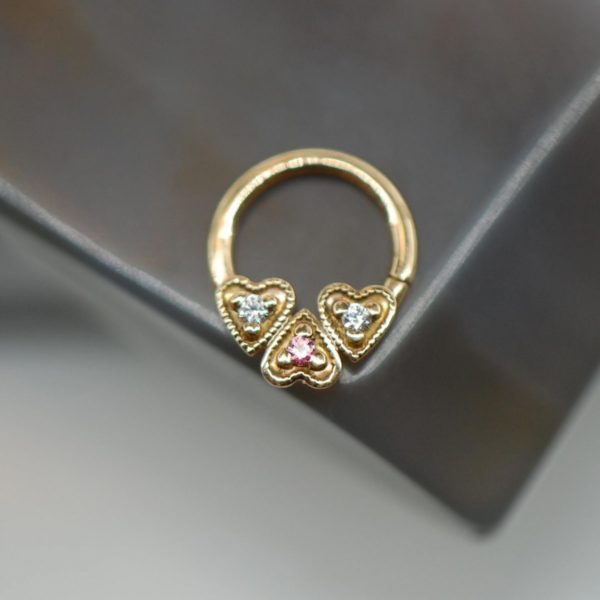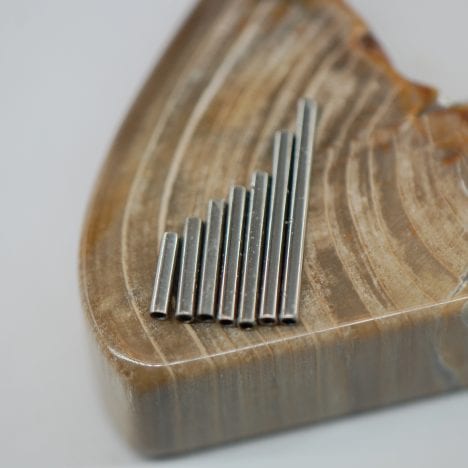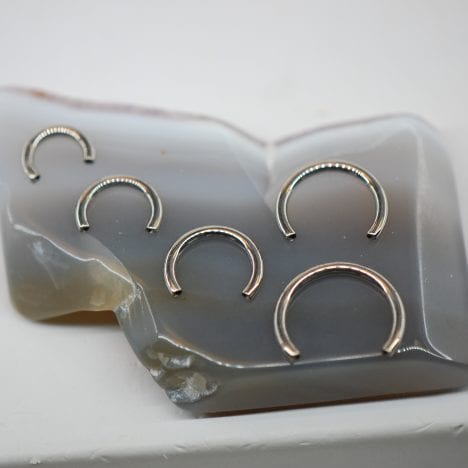Stretching piercings, earlobes in particular, has been a popular modification for centuries, but particularly in recent times it has taken off! This guide is here to help you with stretching safely and properly. Most of these instructions and timeframes will apply to earlobes, other piercings may take a bit longer or require different advice. This information comes from years of experience in stretching, gathered both by our staff and the piercing community at large!
Stretching a piercing, sometimes called “gauging”, is the process of slowly enlarging the channel of the piercing to accommodate larger jewelry. People stretch everything from earlobes, to lips, to navels! As long as you go slowly, and practice safe stretching, most piercings can be enlarged in this manner. It’s important to pay attention to your body, as the stretching process is often unnecessary traumatic for some. Listen to yourself, go slow, and treat your ears (or whichever!) well, and you will have happy, healthy, stretched piercings in no time!
The first thing is the jewelry you wear. Quality jewelry is very important for stretched piercings, and for allowing for a smoother and healthier stretching journey! Safe materials are as follows-


A common mistake is the use of tapers to stretch. Tapers are not tools for stretching, rather they were designed to assist piercers in inserting jewelry. You should not need as taper to stretch with. Most tapers available on the market to clients have a very sharp transition between sizes, leading to tearing, blowouts, and scar tissue. Tapers should also never be worn as jewelry, as the weight from them often causes thin spots along the lobe. Those thin spots can later cause ears to quite easily tear.
Another misconception is the use of tape. Some sources recommend wrapping layers of tape around a plug to slowly increase size. This is not only unnecessary, but dangerous. There is no documentation of any tape safe to be worn inside the human body, and often tape can collect dead skin and oils, and generally get rather gross.






